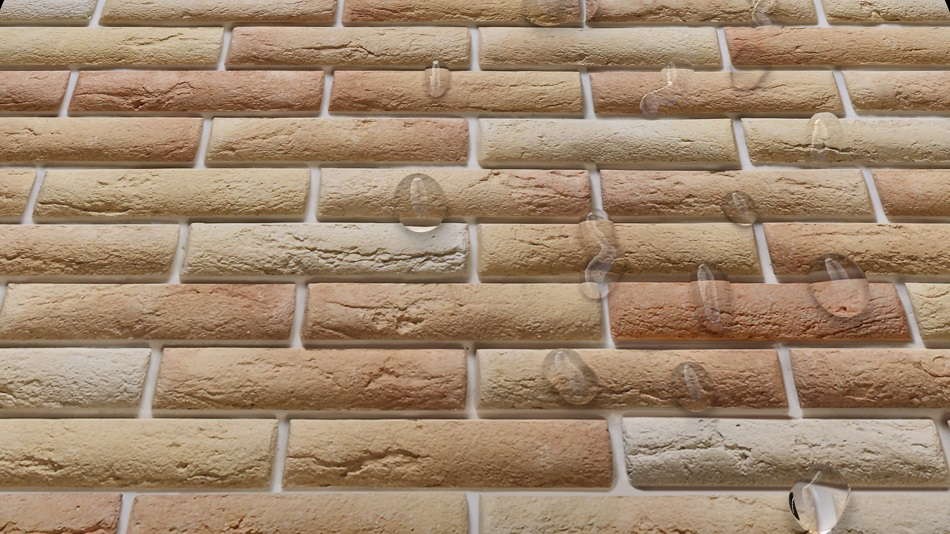
Image Credit: komersant/Shutterstock.com
The construction industry is benefiting greatly from the rapid advancements in nanotechnology, particularly from the developments happening in the area of nanocoatings. The addition of nanoparticles to coatings is giving construction materials properties that they never had before, it’s allowing buildings to enhance their functions and become greener.
The advent of these new materials is already significantly impacting the construction industry, and as innovations continue to enter the market, we will see the sector benefiting from new applications and the advantages they bring.
The Unique Properties of Nanoparticles Bring New Functions to Buildings
Currently, nanocoatings are helping to construct buildings that have increased durability and perform better in terms of their energy efficiency and safety. Nanocoatings are also giving buildings new properties, such as heat resistance, protection from algae and moss, windows that can clean themselves, enhanced physical attributes, and more.
Nanocoatings are created by the addition of nanoparticles into coating substances. Nanoparticles have already caused a major stir in the entire scientific community because of their unique properties that distinguish them from their bulk material counterparts. At the nanoscale, the behavior of elements undergoes a profound change, and how they behave as a nanoparticle often lends the substances to the development of new applications. Nanocoatings are thin films that have nanoparticles added to them to give them certain functions. They can be added onto construction materials such as concrete, steel, glass, marble, and others to give them these new properties.
What’s possibly most influential to their use with construction materials is that nanocoatings can self-assemble. This is what gives them their outstanding characteristics. So far, the following coatings have become firmly established for use with construction materials: Self-cleaning nanocoatings, super-hydrophilic and hydrophobic nanocoatings, UV-protection nanocoatings, photocatalytic nanocoatings, anti-graffiti nanocoatings, electrochromic and photochromic nanocoatings, smart window nanocoatings, and anti-reflection nanocoatings. Below we will discuss the main functions of nanocoatings for construction materials.
Protecting Buildings from Fire
2015 saw the development of a nanocoating based on polydopamine (PDA) that is an environmentally friendly and efficient flame retardant that can protect common construction materials such as polyurethane (PU). Created by a team at The University of Texas, the researchers used inspiration from a material that naturally exists in mussels. The nano-coating they established has the benefit of not being toxic to the environment, which is a major drawback of conventional flame-retardant coatings.
Other similar substances have been developed that also incorporate nanoparticles for use with different construction materials. There is a well-established group of products available to protect materials such as textiles, foams, and bulk polymers that are commonly used in construction.
Self-Cleaning Buildings
Some nanoparticles have discovered to have hydrophilic properties that have allowed for the development of coatings that can attract water to the surface that they are applied to, helping to wash away dirt, resulting in the creation of buildings with self-cleaning windows. Titanium dioxide nanoparticles are commonly used in these coatings because they are known for their hydrophilic properties. The coatings also contain other nanoparticles that have photocatalytic properties, so that when sunlight hits the surface it generates an oxidation effect, breaking down organic dirt which is then washed away by rainwater.
Extending Building Lifespan
Nanoparticles, such as aluminum oxide, silicon dioxide, titanium oxide, and zirconium oxide, have been used to create nanocoatings that enhance the physical properties of construction materials, allowing them to be damage-resistant and wear-resistant, and so extending the building’s lifespan.
Improving Energy Efficiency
Statistics tell us that almost half of the energy consumption in the US is attributed to the heating, lighting, and air conditioning of commercial and residential buildings. Given the global pressure to cut down on energy use and reduce emissions, innovations that make buildings more energy efficient are being welcomed. Nanocoatings are playing a significant role in this field. Numerous applications have been developed, from nanoparticles being added to paint to reduce heat loss through walls, to nanocoatings that are being used to create smart windows. To create these smart windows, a self-modifying nanocoating has been established that lets in more heat when it’s cold and blocks the sun entering through the window when it’s already hot.
Sources and Further Reading
Disclaimer: The views expressed here are those of the author expressed in their private capacity and do not necessarily represent the views of AZoM.com Limited T/A AZoNetwork the owner and operator of this website. This disclaimer forms part of the Terms and conditions of use of this website.